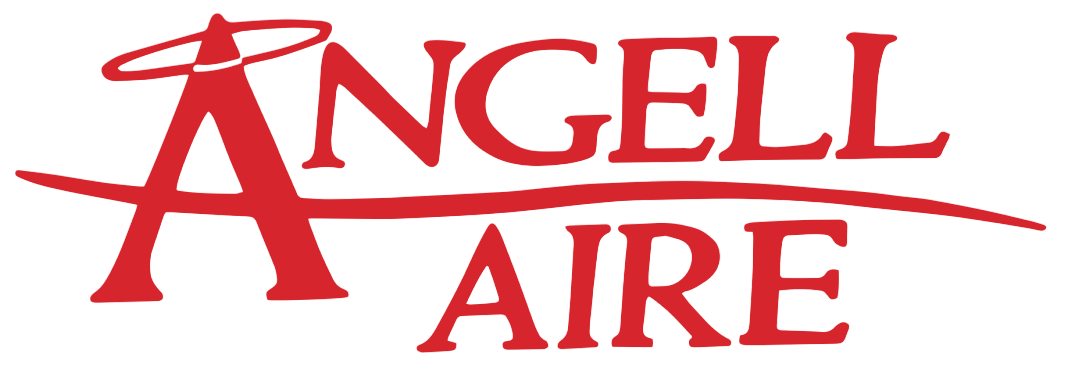Professional home energy audits can be costly, but the good news is that you can do it yourself. When you’re looking to cut down the big numbers on your energy bills, the first thing you should do is to audit your home.
An audit will tell you all about your home’s energy efficiency and give you an idea of what needs to be changed.
Step 1: Check Your Insulation
Heat loss can cause your heating appliances to work more than they should, which translates into increased energy consumption. Older houses in particular are prone to massive heat loss, as the recommended amount of insulation has changed over the years.
If you have an attic, that’s the first place you should check. Check the hatch and determine how well it shuts. The attic’s piping and ductwork should also be checked – make sure that there are no leaks and that everything is sealed tight.
Gaps should be sealed with caulk or any sort of sealant. Make sure to use non-combustible sealants around devices that produce heat. You should also make sure that there is some sort of vapor barrier in your attic, as moisture can cause structural damage and make your insulation weak. Do the same for your basement.
Step 2: Check Your Lighting
Your lighting will take up around ten percent of your bill. Check for inefficient and old light bulbs and replace them with compact fluorescent bulbs, light-emitting diodes, or energy-saving incandescent bulbs. Consider how bright you actually want your rooms to be when you go shopping for new bulbs.
Step 3: Check Your Appliances and Other Electronics
Checking the energy consumption of your appliances can be done one of two ways – you can estimate, or you can buy an energy monitor. The latter is preferable, as it can tell you how much energy is being consumed without error.
Your refrigerators and heating or cooling equipment will probably responsible for the majority of your energy consumption.? If possible, replace old appliances with newer models, as newer models are more energy efficient.
If replacing them isn’t an option, you can also simply unplug them when they’re not in use to prevent phantom loads. You can also simply use the items less often.
Step 4: Check Your Cooling and Heating Equipment
While this can fall under the previous step, this deserves its own section as heating and cooling equipment are unique items. Just like any other appliance, you should inspect cooling and heating equipment annually. Make sure that any filters are cleaned or replaced as needed, though they only need to be replaced every month or every other month.
Maintenance is important, so make sure that a professional takes a look at them once a year. Especially old equipment should be replaced. Again, newer models are much more energy efficient.
Keep in mind that you should perform home energy audits not just when you want to save money, but at the very least annually. If you can afford it, consider a professional audit, as they can tell you more about your energy consumption than any DIY effort could.


